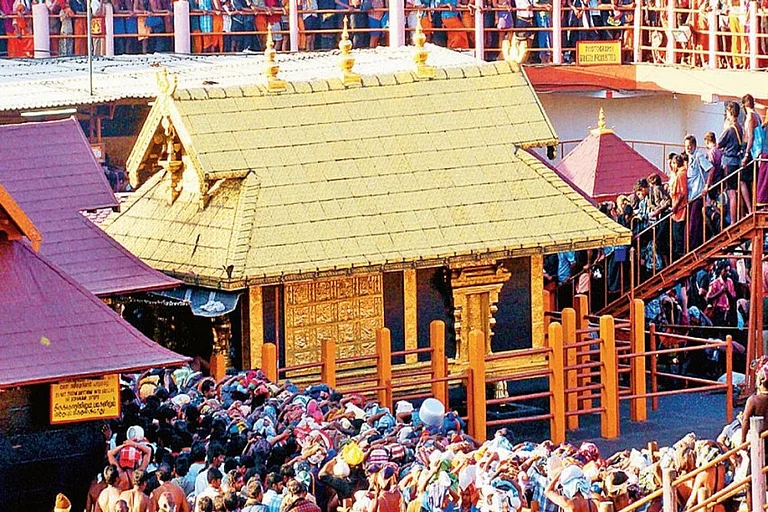This story was published as part of Outlook's 1 November, 2024 magazine issue titled 'Bittersweet Symphony'. To read more stories from the issue, click here
“You don’t know what it is to be lonely until you spend time alone wishing for companionship,” the late Ratan Tata said in 2022 at the launch of The Goodfellows, a startup that works for senior citizens and promotes intergenerational friendship in Mumbai.
The startup was founded by Shantanu Naidu, 30, who managed Ratan Tata’s office.
When Tata passed away, Naidu wrote, “My dear lighthouse”, referring to the man he had developed a bond with ever since he first met him.
In 2021, he had written a book about his friendship with Tata called I Came Upon a Lighthouse.
So, the former chairperson of Tata Sons and Tata Group knew what loneliness could do to people.
There are many obituaries written about the man who meant something to many who worked with him or knew him or knew about him.
“You don’t mind getting old, until you get old and you find it’s a difficult world,” he had also said at that launch.
I didn’t know him. But I know that the little city of Jamshedpur in Jharkhand is like a lighthouse. My parents have an apartment there and my uncles have continued to live there after their retirement. They worked for the Tata Group.
For my parents, the city feels safe.
A lot of time was spent in Jamshedpur with trees lining the streets and houses that looked similar with people in them who I thought were like us. They weren’t others.
It wasn’t like the city I lived in. Patna was all chaos even then.
Jamshedpur with its parks and wide roads and fountains was hailed as mini-Bombay and my many summers spent there were delightful. There was a freedom that you had there.
In 1907, the first iron and steel industry in India was started in Jamshedpur. It was a small hamlet called Sakchi then. In 1919, it was renamed “Jamshedpur” by Lord Chelmsford, the then viceroy of India, in honour of its founder Jamsetji Tata. By then, the township had thousands of workers who worked in the steel plant that was set up by the Tatas. The architecture wasn’t intimidating, and Ratan Tata, a qualified architect, also designed some buildings there. Though this idyll is not without its demons. Activists say that Jamshedpur was built on Adivasi land, where villages were razed and swathes of forest were cleared for development.
But for those privileged to work for the Tatas, Jamshedpur was the kind of place where people didn’t feel lonely. There were neighbours you knew intimately. You went to work with them; you were part of each other’s lives and you formed these bonds.
Jamshedpur isn’t a difficult world.
Perhaps that’s why my parents chose it. That was Tata’s way of doing business. With kindness and awareness that people aren’t always going to be productive. Unlike the world today, which places so much premium on productivity, that is a difficult one for many to navigate.
Business schools might want to look at this legacy and teach more kindness to their students so that they include and not exclude.
A city, a company and people around can be companions. And loneliness is something we all need to learn more about.
MORE FROM THIS ISSUE
Tata had known it. That’s why he was who he was. A lighthouse.
(This appeared in the print as 'The Last Sigh Of A Lighthouse')
































